Since ancient times wine was one of the most important part of enjoyment and gatherings, from ordinary man till people on high positions in politic and social life. We can calmly say that it’s status was held until modern times where through gastronomy and oenology (wine science) we continuously learn about this ‘’God’’ drink! Origin of sorts, geographic regions, popular wine labels, texture, color, character, sparkling wines – these are all things that make winery one of the most interesting themes for conversation, as for the people that enjoy this drink out of pure pleasure as well as for hospitality professionals.
Therefore, in todays article, we bring you the winery terms that you need to know in order to enrich your cultural life and knowledge with various facts about wine.
Aeration: Procedure that softens wines rich with tannin when in contact with oxygen
Aroma or Buque: The group of scents in wine that we feel with our senses. The term ‘’buque’’ is used mostly for older, aged wines.
Aromatized wine: Wine that is being added up for aromatic ingredients.
Barrique: An oak barrel with 225 liters volume, originally used in Bordeaux and today spread all across the world. In those barrels new wines usually maturate, mostly 12 months. During the process the wood, among other, gives to the wine specific odor, color and flavor.
White wine: Wine produced out of grapes of white sorts of vines. Color goes from pale to golden-yellow.
Harvest: Picking grapes that happens usually in September or October. There are also late harvests that happen in middle November, as well as ‘’icy’’ harvests that takes place when temperature is at least -7 degrees Celsius – the grain must be frozen.
Red (black) wine: Wine produced out of red/black sorts of grapes. Color goes from red to dark purple.
Gustation: Tasting different types of wines in order to make their objective assessment later. The elements taken into consideration are: looks, color, scent, flavor and general impression. A taster needs to have the ability of recognizing sorts of wines and different aromas and wine extracts.
Decanting: It is referred to slowly pouring the wine to another vessel in order to remove sediment and enable oxidation of wine during air contact for better spreading of aromas.
Geographic origin: Wines with the mark of geographic origin imply wine produced exclusively from grapes from winery regions (regions, subregions) of controlled origin, controlled quality and guaranteed quality.
Harmonic wine: Well balanced, harmonic wine with balanced all important ingredients (alcohol, tannins, aroma, sweetness) so neither gets too distinguished.
Sparkling wine: Wine of refreshing tannins full of bubbles.
Character: When we say that wine has a character, it is thought that wears specific characteristics of the area (the region/terroir) that came from.
Chianti: Traditional and favorite Italian wine made in Toscany and consisted mostly out of vine sort called Sangiovese. It used to be an ordinary daily wine with light tannin structure but today it is produced like highly appreciated wine.
Coupage: Mixing different types of wines.
Light wine: Wine with low concentration of tannin and lower percentage of alcohol. It is characterized by drinkability and lower energy levels in relaton to other wines.
Icy wine: High quality dessert wine that is produced out of naturally frozen grains during picking and mixing. It has high level of sugar and acidity but, because of way of production (every 10th or 15th quality harvest is icy) it is one of the most expensive wines.
New wine: Wine that hasn’t come through the whole process of technological production, but only in part/complete fermentation.
Oxidation: Chemical reaction that is triggered when wine makes contact with oxygen, during which wine changes color and gets different scent, color and taste.
Organic wine: Wine made out of grapes bred without artificial additives used for making the product quality.
Sparkling wine: Wine with higher presence of carbon dioxid, when it foams during pouring into glass. Name ‘’champagne’’ is used for sparkling wines made in French region Champagne.
Intensified wine: Wines created with adding alcohol during fermentation (brandy), during which the process of fermentation is interrupted and the level of alcohol is increased at 20%. The most popular wines of this types are porto, vermouth or cherry.
Half-sweet wine: Wine that consists of 12-50 grams of sugar per litre.
Half-dry wine: Wine that consists of 4-12 grams of sugar per litre.
Rose: Bright-red wine obtained of red grapes in a manner that skin of grains, which contain color, is separated before or just after starting the fermentation process.
Sweet wine: Wine with sugar amount higher than 50 grams/litre. Categories of wine in relation to sugar contentment are: dry, half dry or half sweet.
Sommelier: Wine expert.
Sort: Name for group of vines that belong to the same kind. Todays assessment is that there are more than 20 000 sorts of vine!
Tannin: Substance that have key role in wine ripening. They are located in stalks and seeds and skins of grapes and they get into the juice with mixing. Wine gets additional tannins while aging in wooden barrels. Tannins have conservative effect so are very important ingredients of wine intended for longer keeping and aging and they have positive effect on human health.
Body: The impression that wine leaves in our mouth after drinking. We have light, middle and full body.
Terroir: A term that is used for the type of grounds and microclimate characteristics of vine from which wine is produced. Wines where you can feel specific terroir are highly appreciated.
Fermentation: During fermentation of wine the sugar is converted into alcohol and carbon dioxid with the help of yeast. Fermentation can be stopped by filtration in order to preserve specific part of residual sugar.
Top quality wine: By top quality wine we consider wines with controlled and limited geographic origins.
Chateau: French name for large winery used in Bordeaux and other regions.
Residual taste: After taste is the impression wine leaves in our mouth after drinking, practically, the aroma that you feel in your nose after wine tasting.
Sources: www.vino.rs


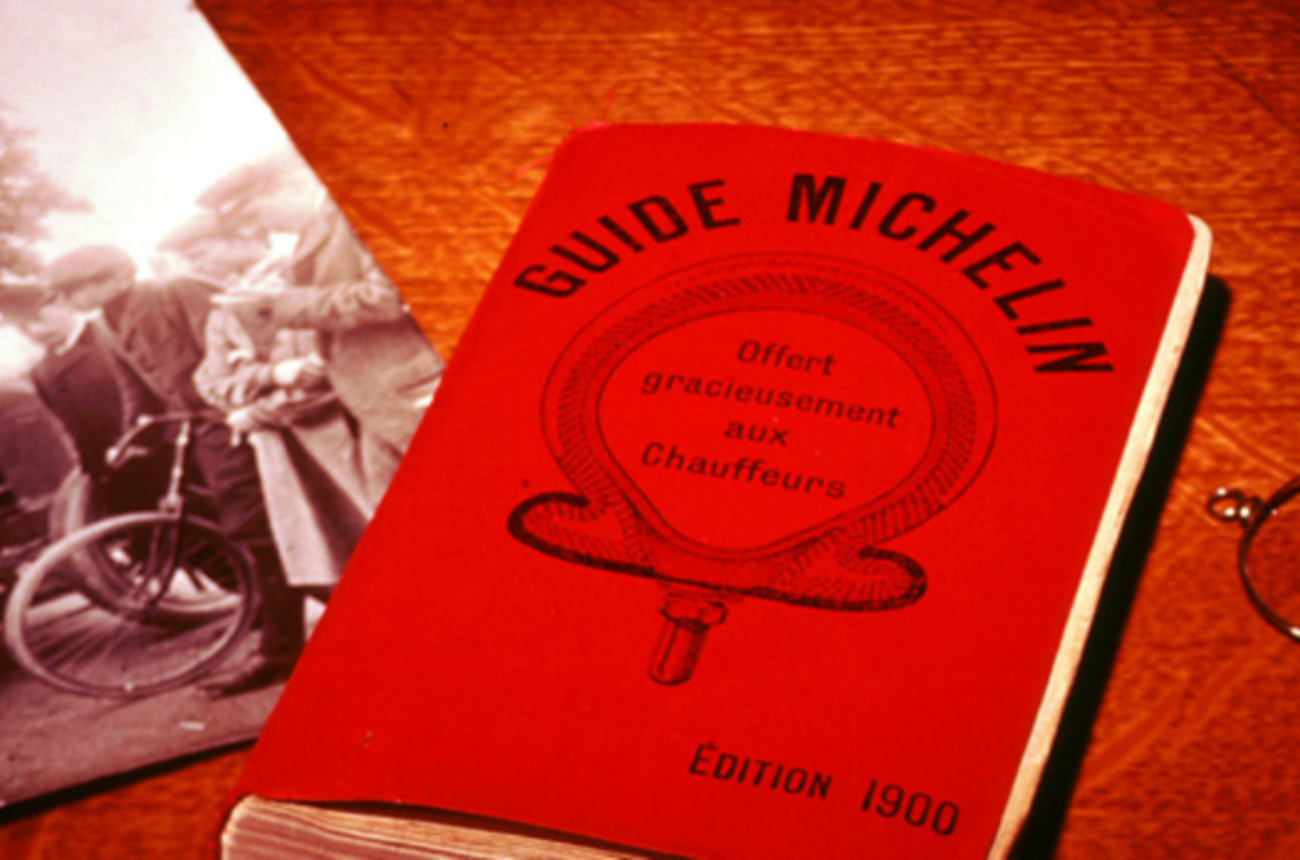

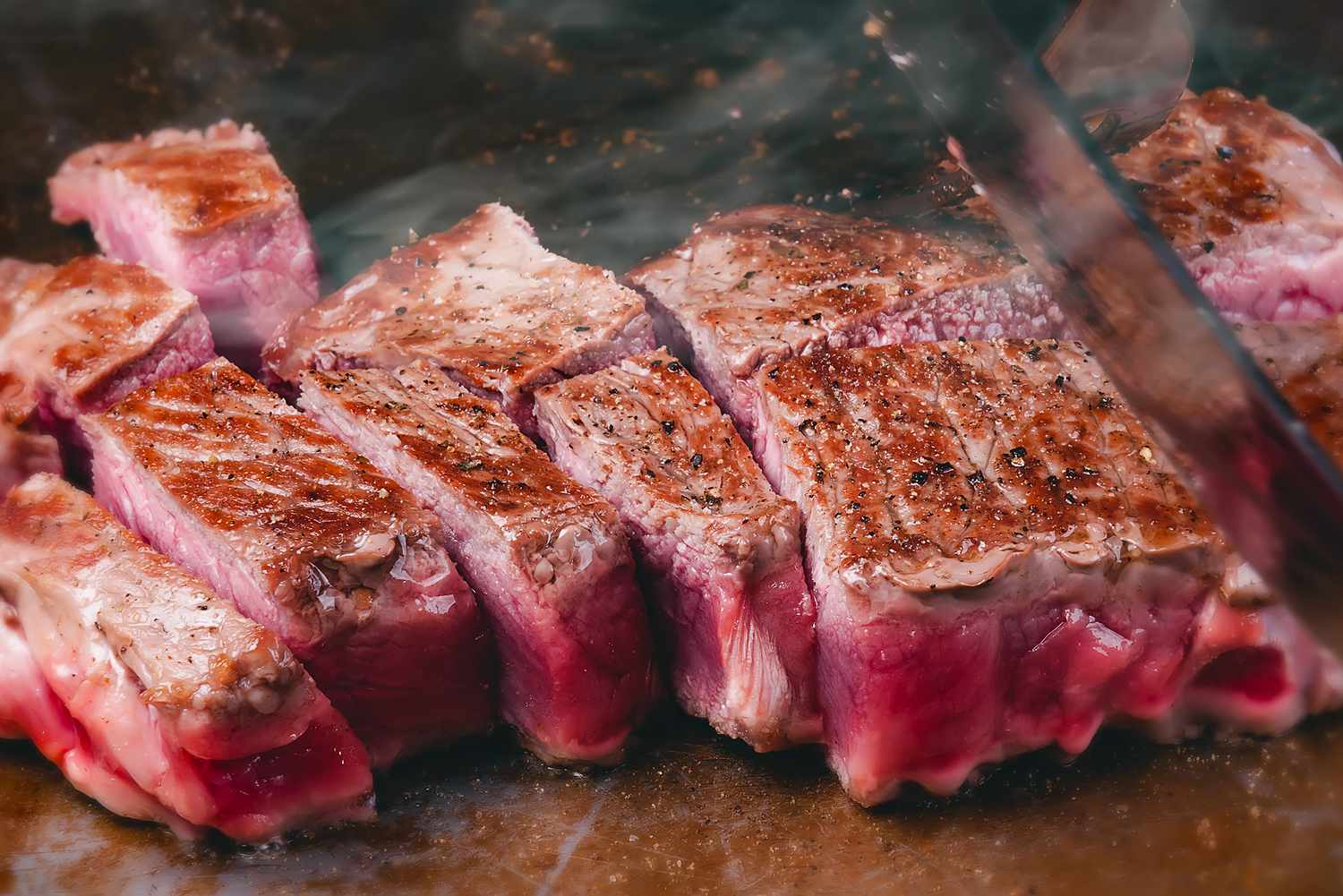
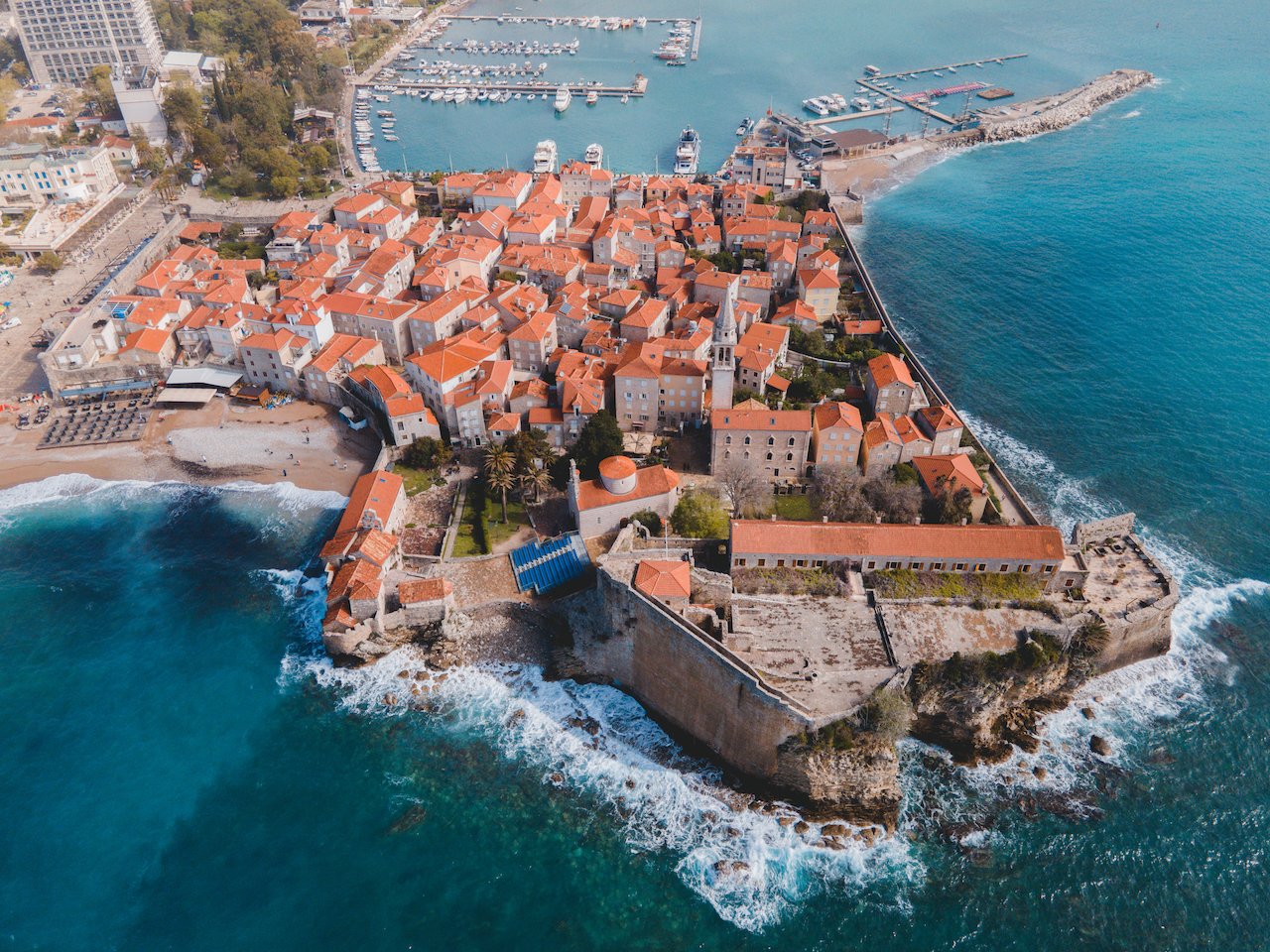
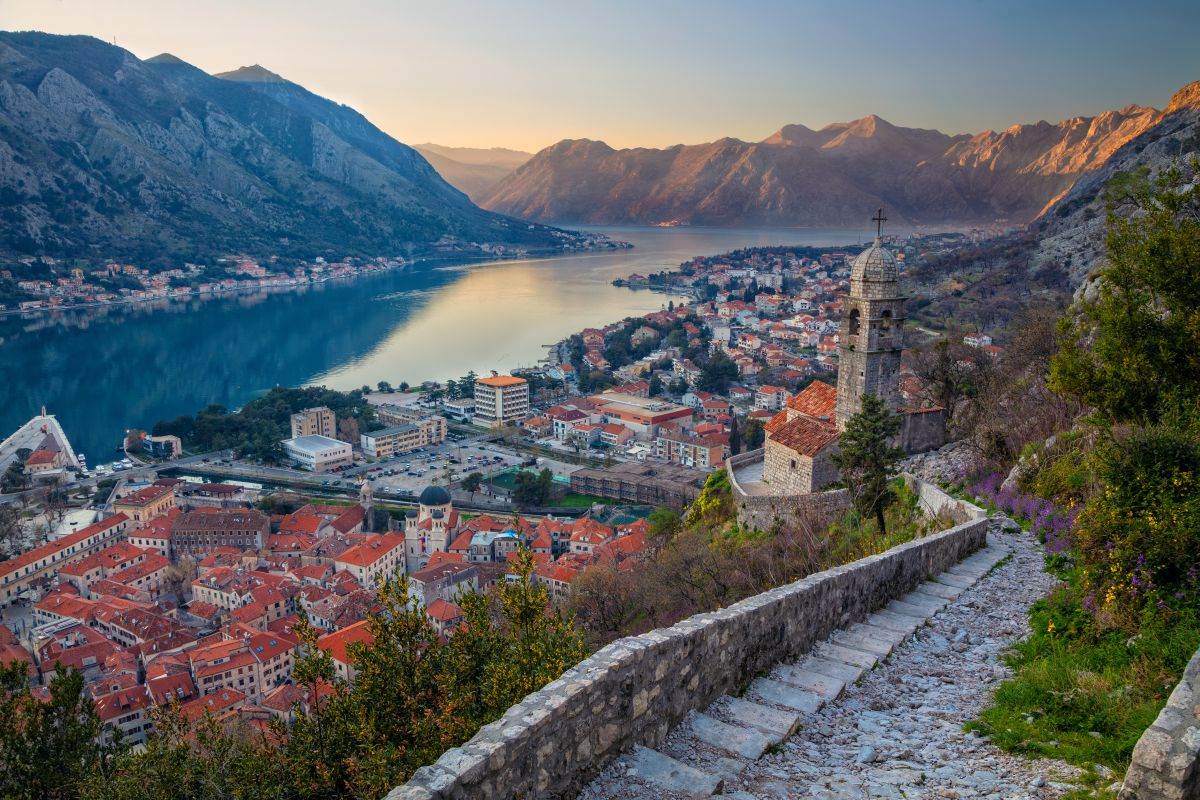
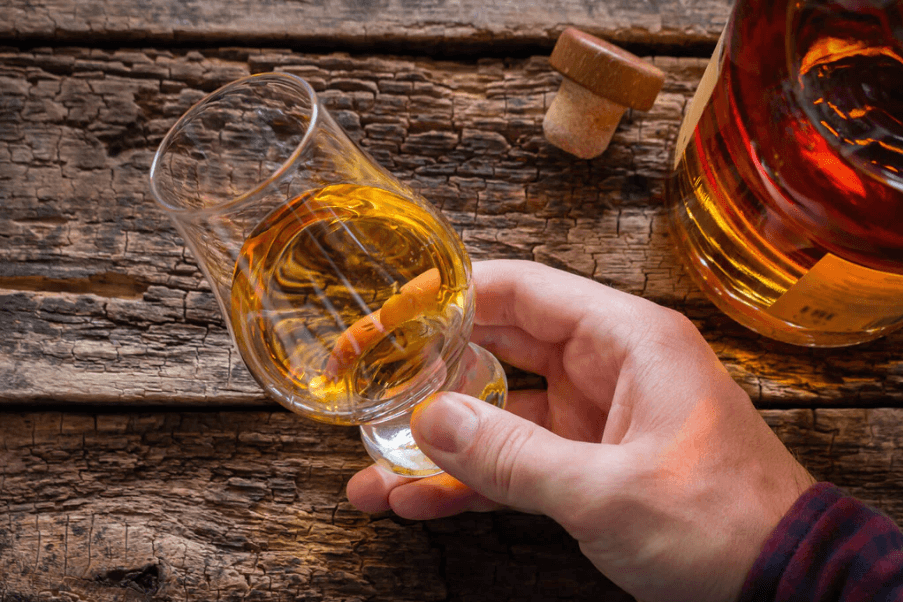
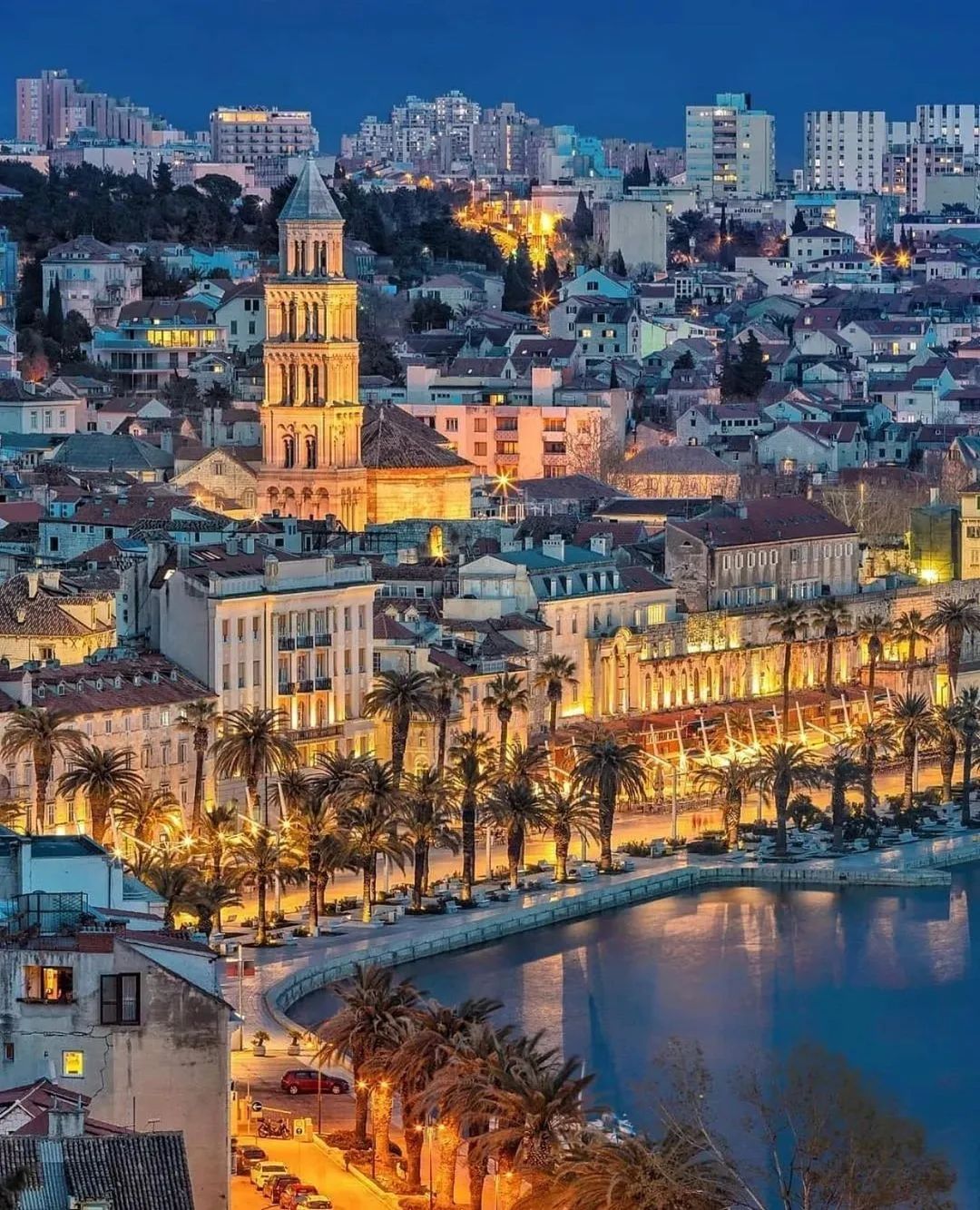
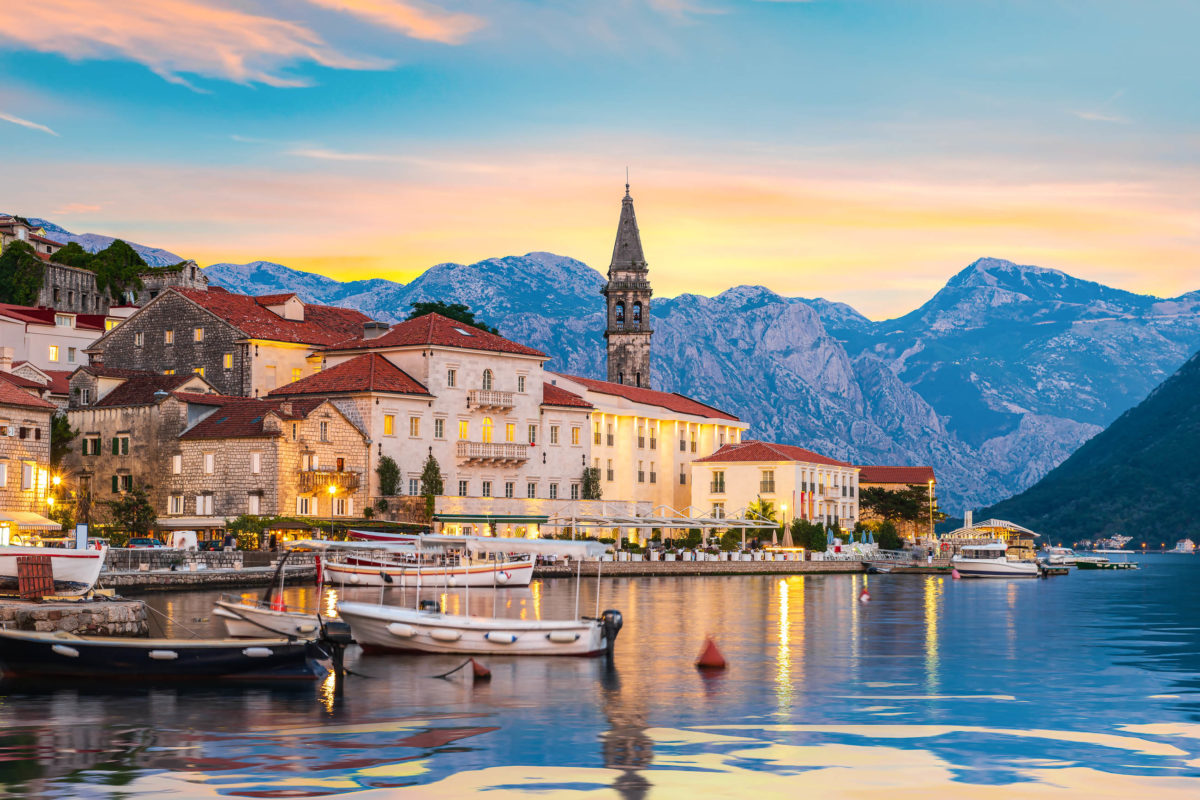
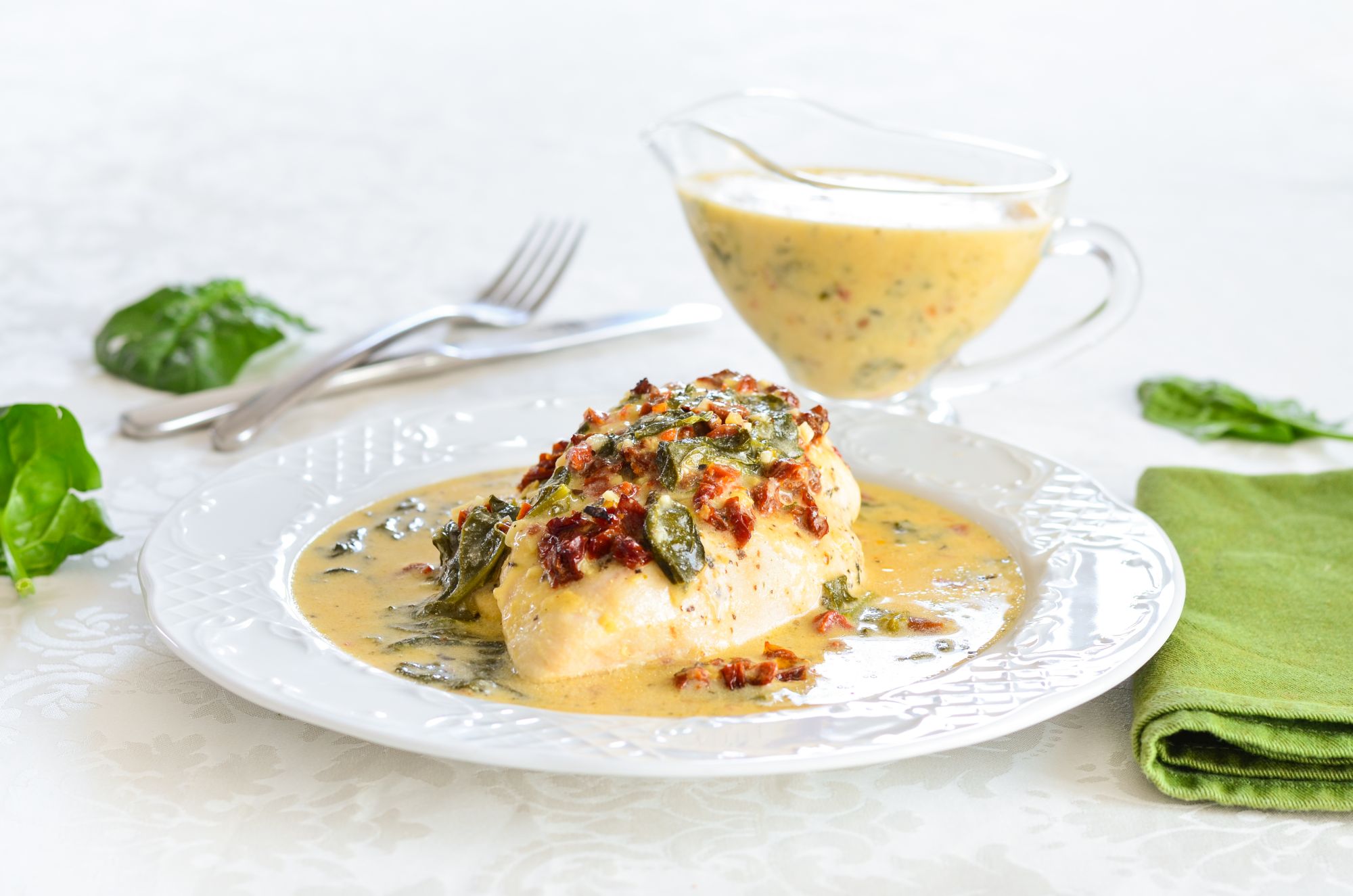
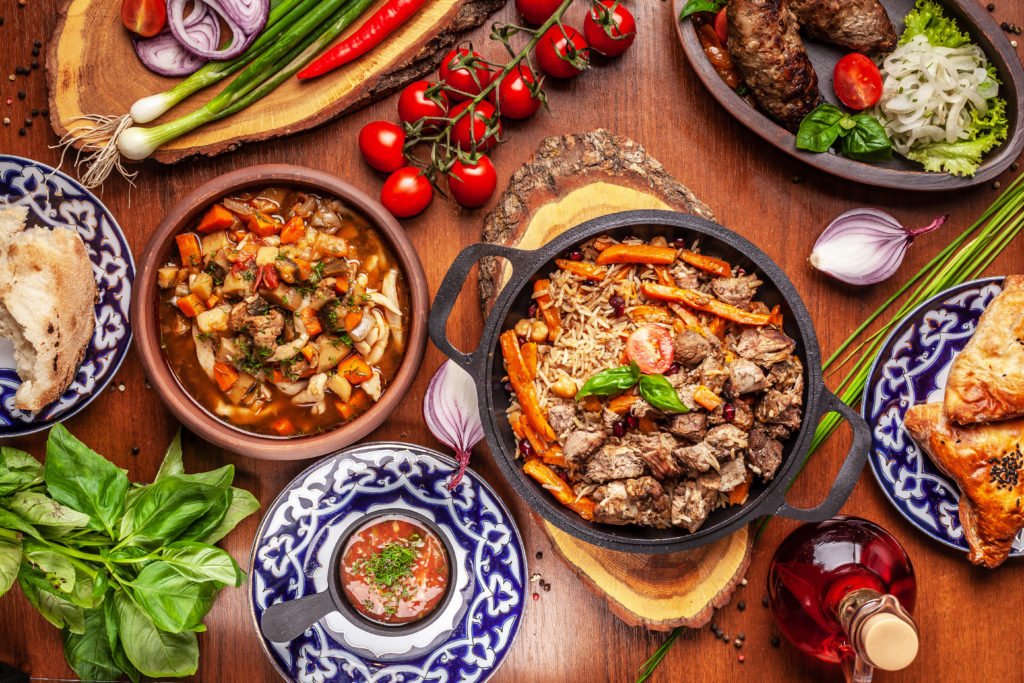

Leave a comment